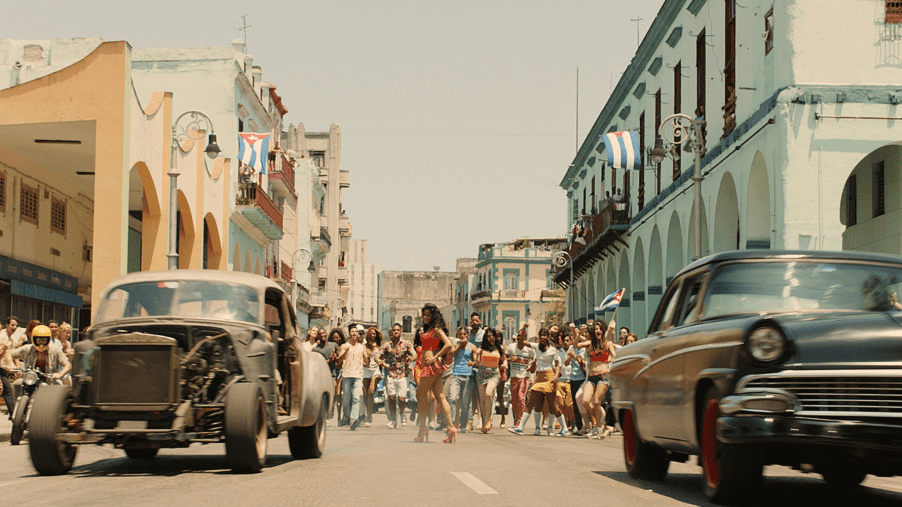
Stunt Drivers Deserve Oscars
There are movie directors like Quentin Tarantino that place value on real, live movie stunts from real, live stunt drivers in this age of CGI. They know that there is a realness that can’t be duplicated by computer simulation no matter how skilled the computer animators are. So, have you wondered why such important, dangerous, and visceral action is not rewarded with an Oscar?
For Vulture, Elana Scherr talked to eight stunt specialists about their work, and what some of the hardest stunts they ever performed have been. Most all of the stunt drivers were surprisingly humble but also proud of what they do and some of the scenes they’ve enhanced with a well-thought-out performance.
Does It Take Bravery?
Though most everyone assumes bravery has a big place in doing stunts, stunt woman Mahsa Ahmadi says, “No, it’s not about being brave enough to put yourself on fire, it’s about learning and practicing until you can do it safely and be in control.”
But, as Elana notes, stunt drivers did not start as fearless daredevils. In the early days, it was about finding someone brave enough to fall off of a charging horse. For six takes. There was no such thing as a stunt person.
And don’t forget that much of the silent-era comedies were made up of sight gags, like near-misses in cars or a house falling on top of an actor. Physical gags were the stock-in-trade for Buster Keaton, Charlie Chaplin, and the comedy team of Stan Laurel and Oliver Hardy.
Because movie stars cost the studios so much, many were reluctant to lose one for six-months for breaking a leg, or worse. Stunt drivers were needed to save the studios’ stars and their budgets.
By the 1960s a lot of stunt work revolved around cars but protection needed to be hidden to convey to the audience this was real. Actually, it was real, but with a few well-placed roll bars, five-point harnesses, and escape hatches in the top for easy escape as long as the car didn’t land on its lid.
Special Effects Helps Stunt Drivers
When special effects came along, you would think it killed the need for stunt drivers. Instead, it increased the need. “You don’t need hundreds of stunt people working on the set anymore,” says stunt coordinator Jack Gill. “But it offsets because instead of there being 30 or 40 projects to work on, there are thousands, and there are jobs all over the world.”
Just as in most fields specialization has crept in. “It’s a bit unusual to be ‘just’ a car person,” says stunt driver Sera Trimble. “But I don’t do falls. I don’t do fire. I drive cars and put them where they need to be.”
Elana spent time with eight stunt people and asked them to discuss their hardest day at work. What was one stunt that they really remember as a close call or difficult stunt to pull off?
The stunt persons include James Smith, a stunt driver in Transformers, stunt coordinator for Suicide Squad Melissa Stubbs, Jack Gill discussing the time he had to fall off of a 65-foot cliff while being chased by a wall of fire, stuntman David Barrett riding a Ducati in Speed 2, racer Rhys Millen sticking a drift into a small entry into a spiral parking structure, stunt performer Cheryl Lewis falling through a skylight in The Cookout, stunt performer Daniel Hargrave for the movie Winter Soldier, and fight coordinator and Daniel’s brother Sam Hargrave discussing some of the scenes from Captain America movies.



